
In the fall of 2009, when we knew as many as 90 horses could be destined for removal from the Park and could be sold at public auction, my husband and I started an organization for these horses. The North Dakota Badlands Horse Registry was established to recognize, appreciate, promote, and register the the horses that were sold from the Park in that 2009 sale as well as any sold at past and future TRNP sales. To explain why we would want to start a new registry, I will give some history of these horses.
The horses from TRNP have a long and colorful history; they carry the blood of hundreds and thousands of wild and domestic horses who came before them. For centuries their heritage parallelled that of other wild horses in America. After being brought to the new world by the Spaniards, many horses escaped, reproduced, and dispersed. They soon caught the attention of the indigenous peoples of Central and North America who recognized the advantage of speed, strength, and stamina that horses could give them in daily life, hunting, and battle. The horse changed the lives of native people forever. When early American explorers and settlers brought more imported horses with them, either by intent or accidental breeding, these larger European horses interbred with the sturdy Mustangs and spread throughout the continent.
Early horses running in the North Dakota badlands carried traits of the Mustangs as well as those of horses brought by ranchers and farmers when they settled the area. At the time when the US Army was involved in various skirmishes with the Mexicans and Indians, horses were also bred in the badlands as Army remounts. As horses lost their popularity and grazing lands in other parts of the country, and farmers and ranchers in western North Dakota went bankrupt with the harsh conditions, hundreds of horses were dumped in the badlands to fend for themselves. Because they used a grazing practice known as free range, with no fences, all of these light saddle horses, draft horses, and Indian ponies ran together. Many breeds made up the badlands horse, including, Thoroughbred, Morgan, Percheron, Quarterhorse, Mustangs, etc. Early records record the Griggs QH mare, the Blue Nunn QH mare, the Orphan Brown mare, considered to be Thoroughbred, the Barnhart mares called "Indian Type" as well as several of unknown origin, the Crippled White Stud, the Fat Gray mare, and Pink Nosed Stud, and the Wild Gray.
When TRNP was established in 1947 and the fence was completed in 1957, many horses were enclosed within the Park. These horses were, at first, considered trespass animals and almost all of them wore brands. They were relentlessly rounded up and sold or broken by local ranchers. Tom Tescher and his brothers had a hand in the management and roundups of the horses for decades. After almost being eradicated in the late sixties, the wild, feral horses began to gain some recognition as being a representation of what Theodore Roosevelt saw when he live in North Dakota. Since that time the horses have been managed as a demonstration herd, though they are still rounded up and sold periodically.
Because their numbers were so low in the sixties, Tom began to see the results of inbreeding in the form of swayed backs, crooked legs, over sized heads, and weak hind quarters. It was decided to take out the stallions who had maintained bands for several years and introduce some new blood. In 1981 seven outside horses were introduced, three BLM Mustang studs, a Quarterhorse stud, an Arabian stud, named Tyger II, who was turned out with a QH mare, and the Brookman Stud, which was a Shire-Paint cross. The QH stud was soon injured and removed, the BLM studs ran with other lead stallions and had limited success in reproducing, the Arabian stud did breed the QH mare, but is not known to have bred any wild mares, only the Brookman stud gained a large band of his own, successfully passing on his blood. Another QH stud was released a few years later and ran under a wild stallion, but he too was soon injured and removed. After much investigation, I am convinced that he was not very successful in breeding mares. Though The Chestnut, sold in 2000, was accidentally called half QH, by Tom's records, his sire seems to have been Painted Canyon, a wild horse. If that is true, as of the 2009 roundup, the only recently introduced blood that still existed in the park was Arabian in a small number of horses and that of the Brookman in a larger number of horses.
Over the past several decades others have taken horses from the Park and began a breeding program to preserve them. The Nokota Horse is the result of that effort. To avoid severe inbreeding because of the small gene pool, those early horses removed from the Park were also crossed with domestic horses of QH and Paint breeding. Read more about the Nokota Horse from several on-line web pages. The Nokota Horse came from the same stock as the North Dakota Badlands Horse, but have evolved into a slightly different type because that smaller gene pool.
Since the Nokota registry appeared to be closed to horses coming out of the Park in 2009, it was necessary to have some way to keep track of them. Over the past year and a half, 40 horses have been entered into the North Dakota Badlands Horse Registry. There are horses registered as far away as California and Washington state, with most of the registered horses residing in Minnesota. A data base is maintained on all the horses in the Park and sold at the auction with lineage information going back over six generations, so owners of North Dakota Badlands Horses receive a six generation pedigree with registry.
If you own a horse from TRNP or whose lineage can be traced to the park, your horse can be registered and you can become part of a small, but growing community of enthusiastic supporters of these beautiful, unique horses. People who know the horses, know that they speak for themselves in their trust, trainability, willingness to please, common sense, and heart, but we, their human friends, need to work together to help them tell their story of survival and courage to the rest of the world.
For additional information about the organization or the horses, go to the Face Book page, North Dakota Badlands Horse Registry or contact me at
trnphorsetracker@gmail.com


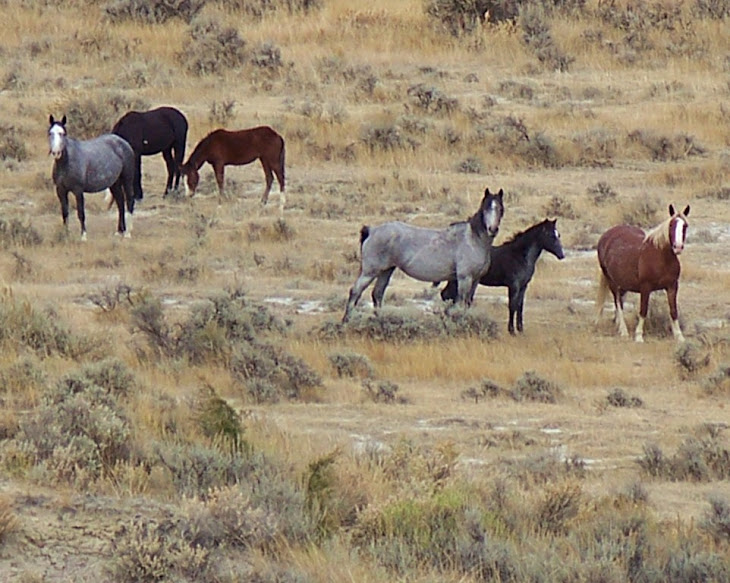
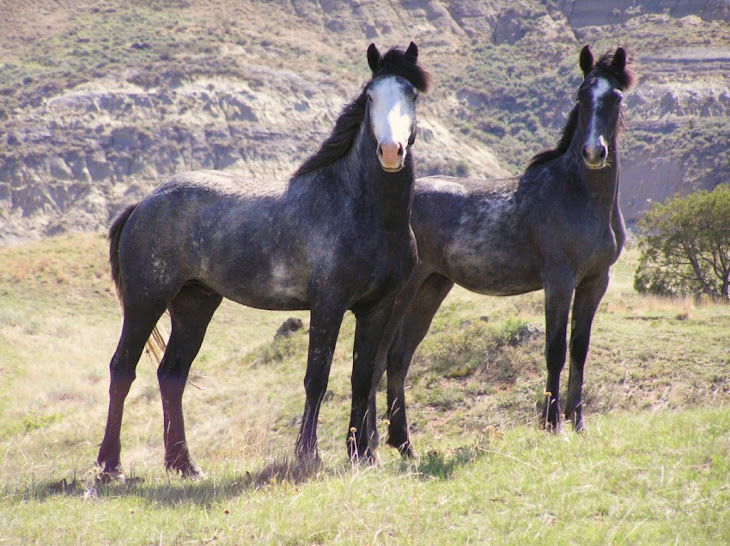









































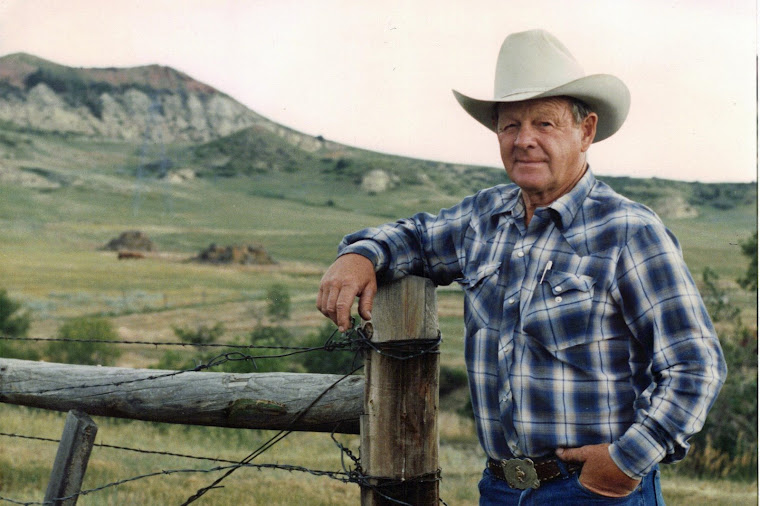
























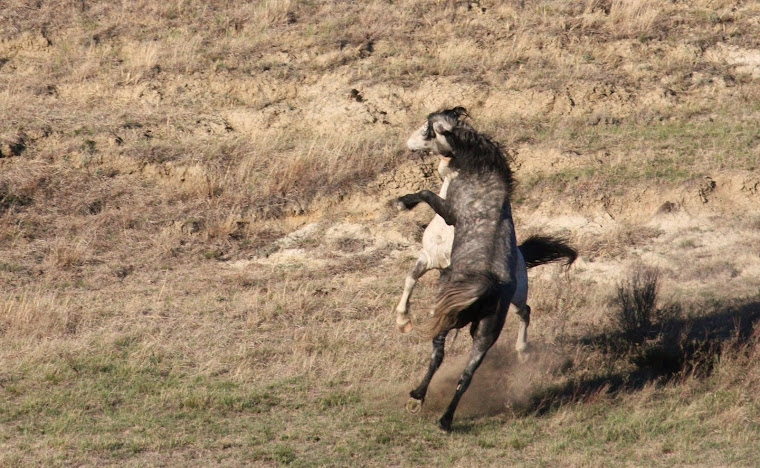













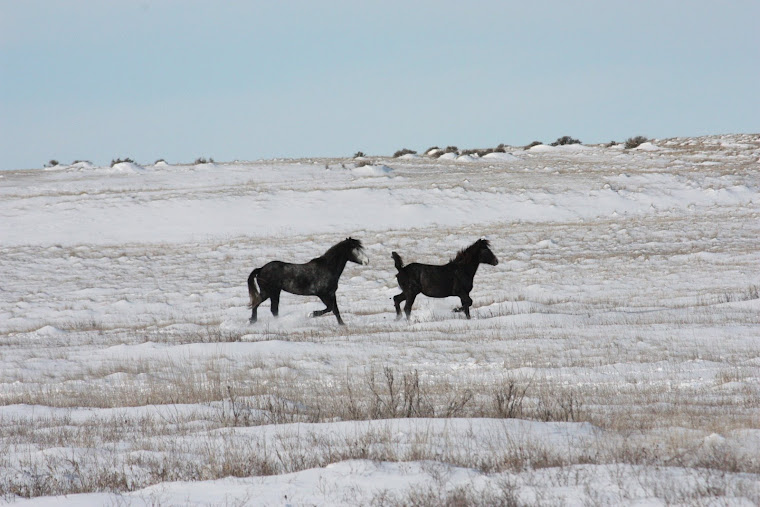
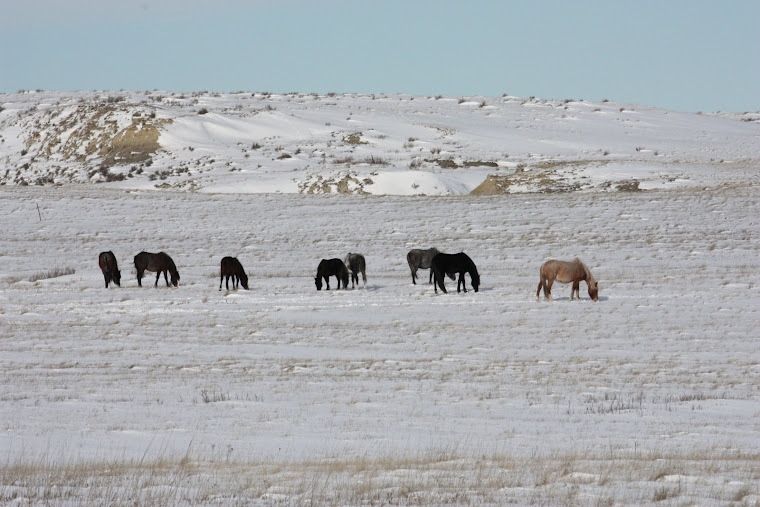
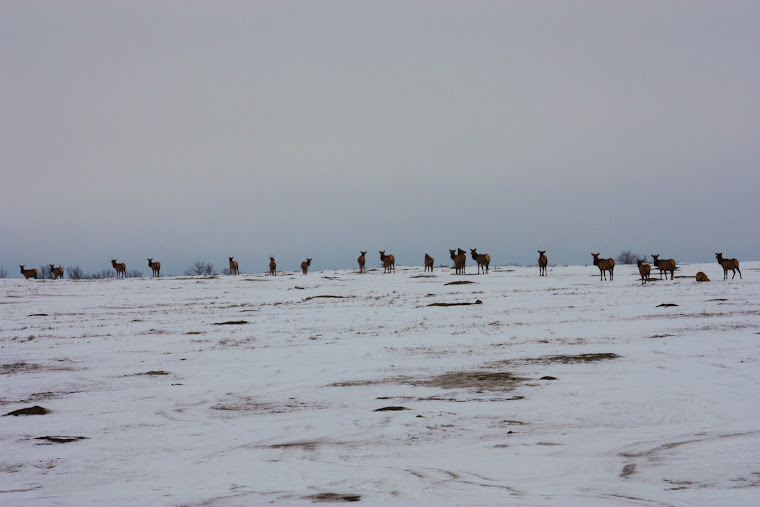
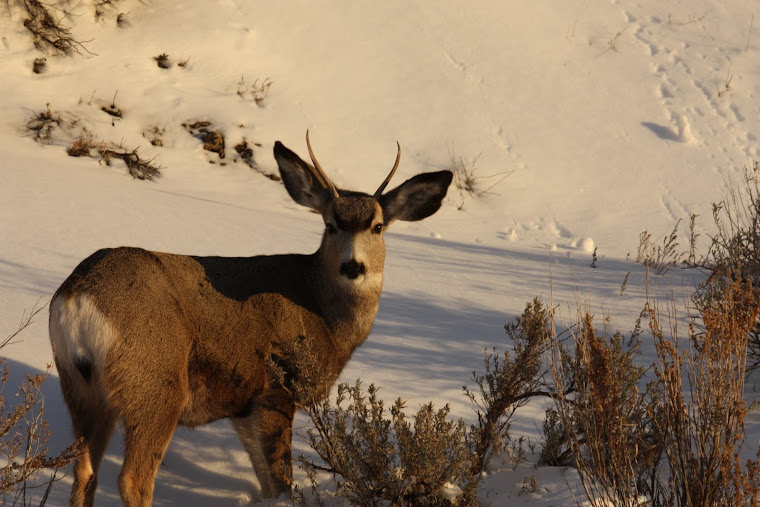




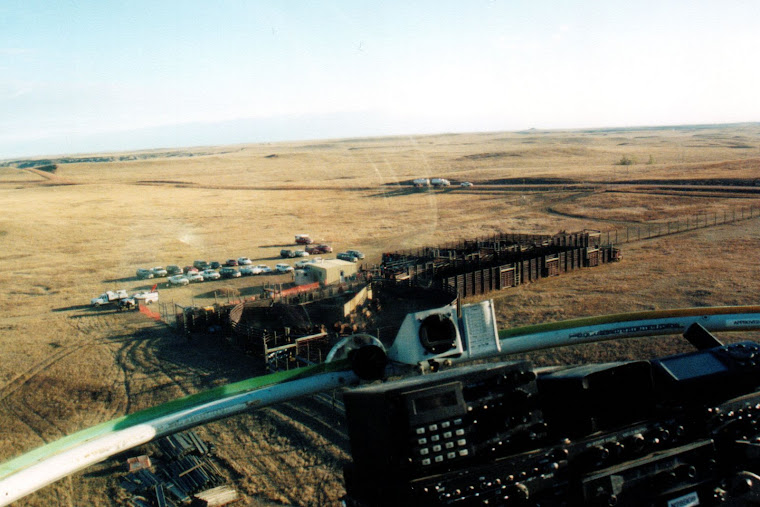
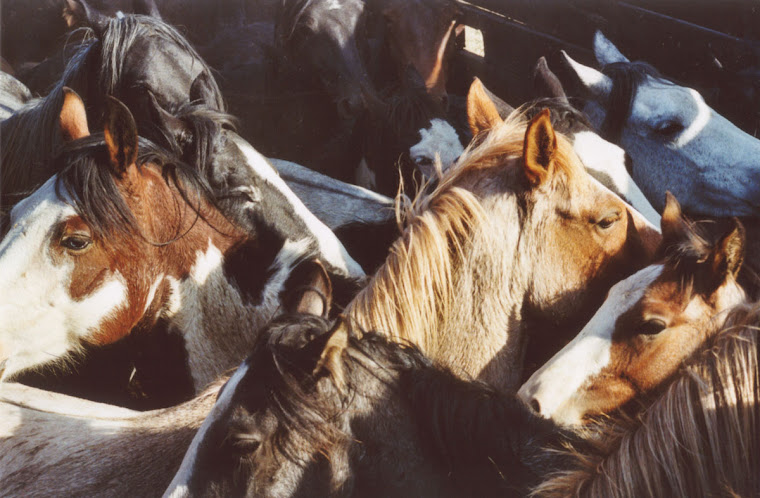
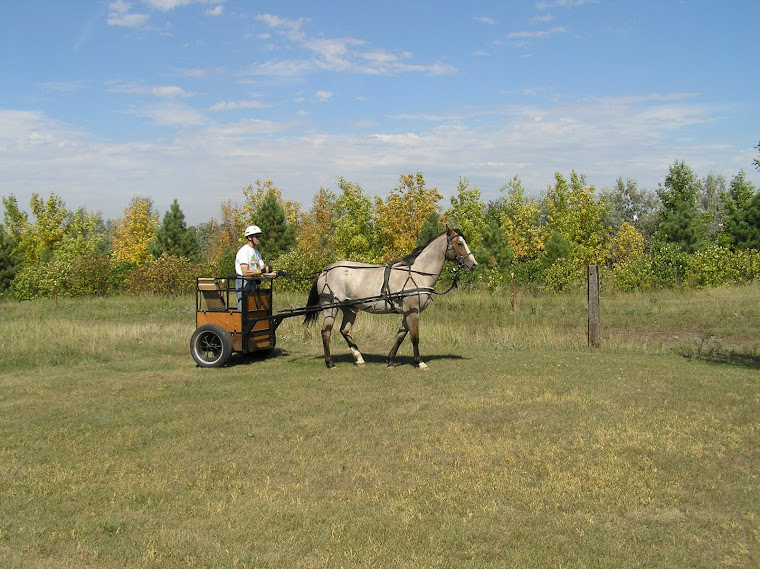
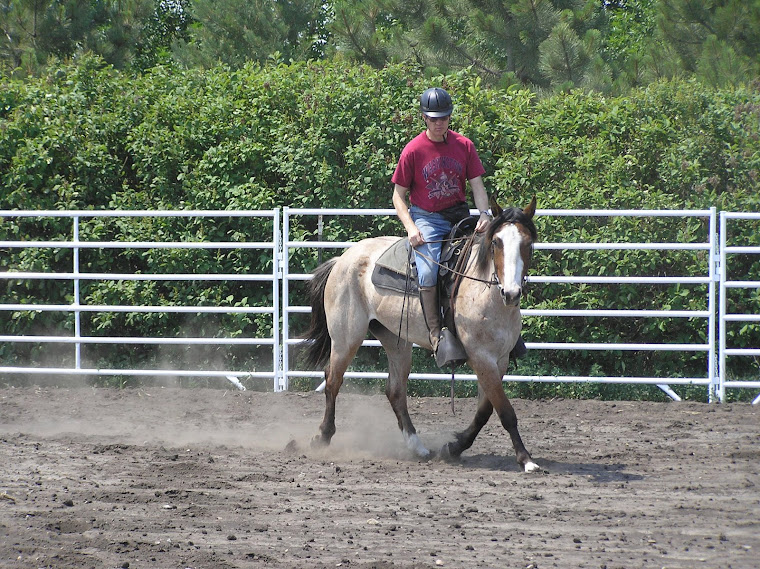

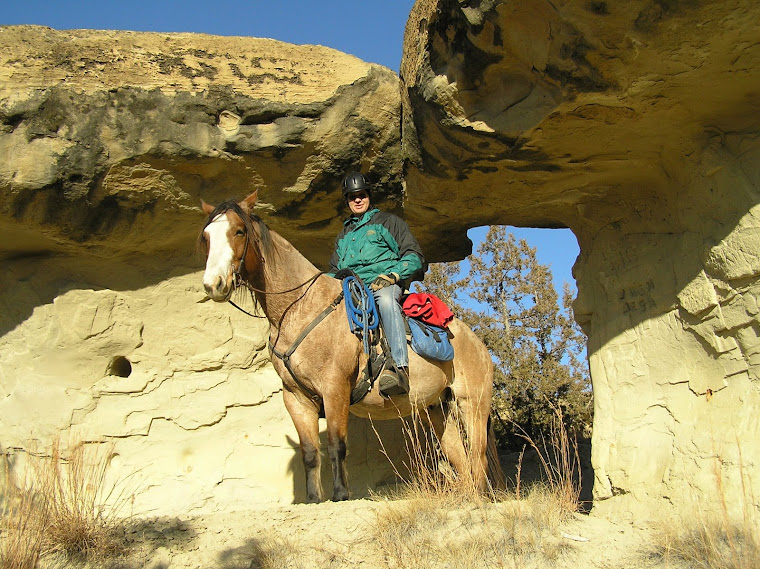



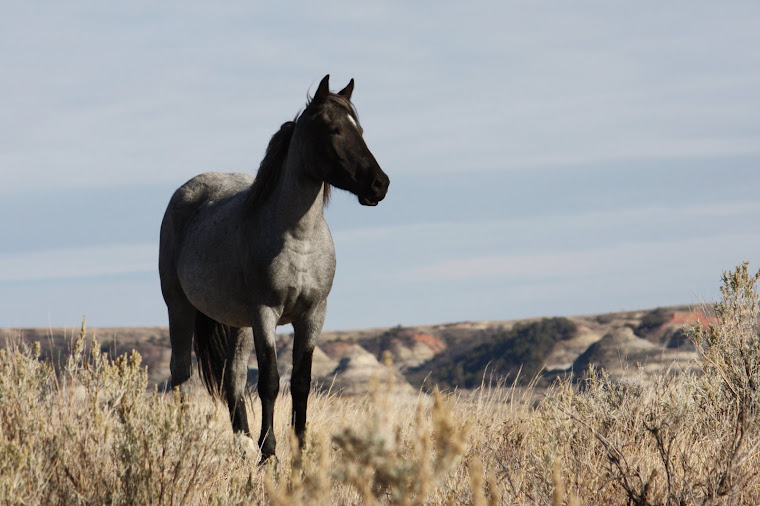


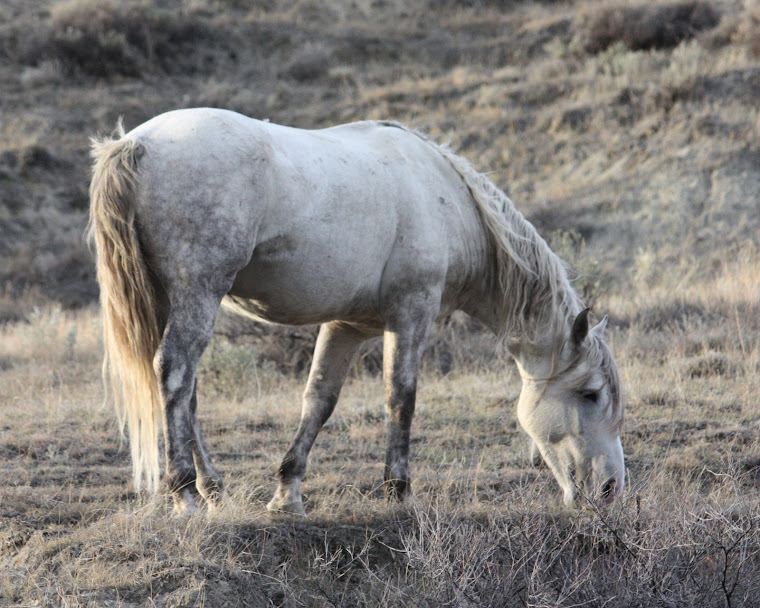
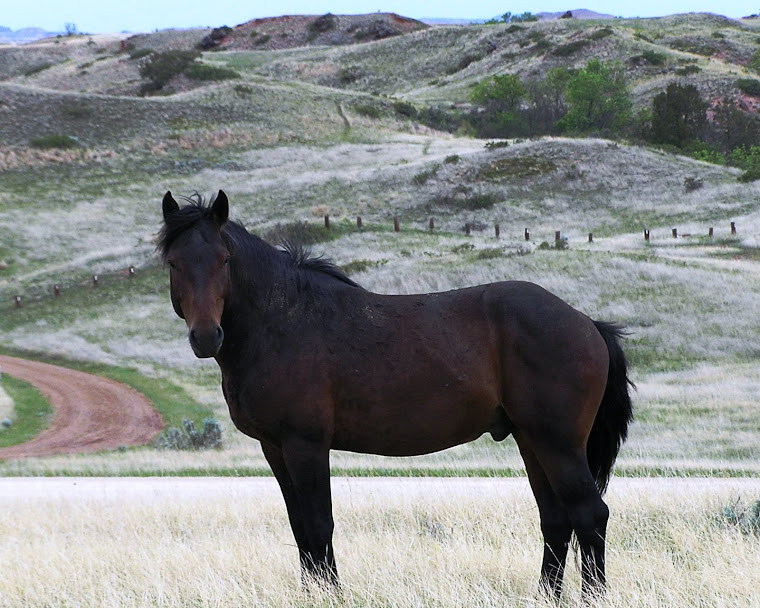

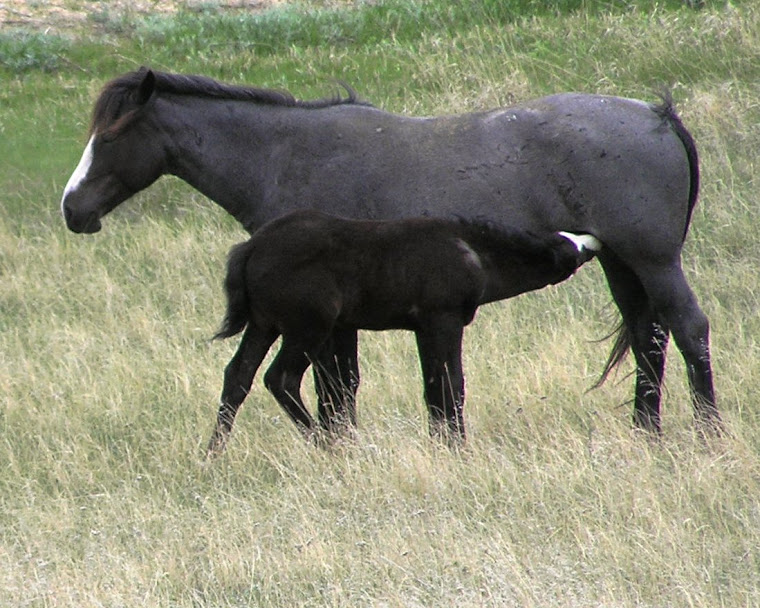

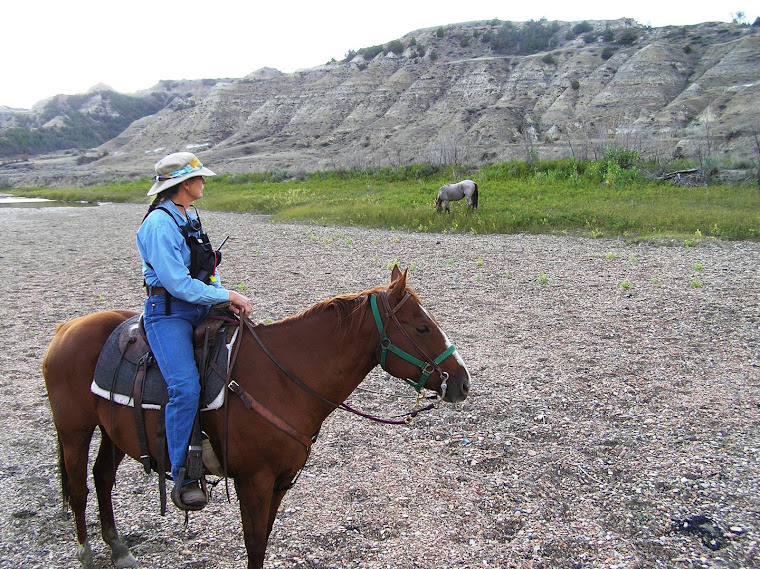
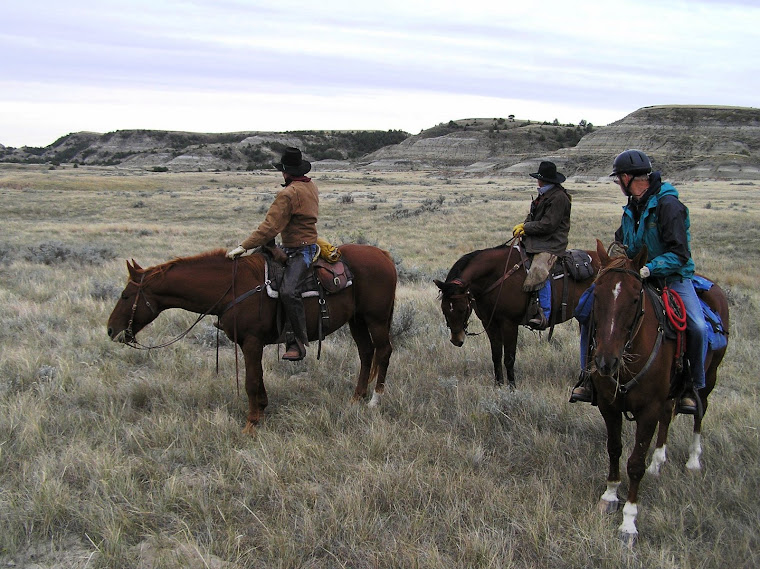
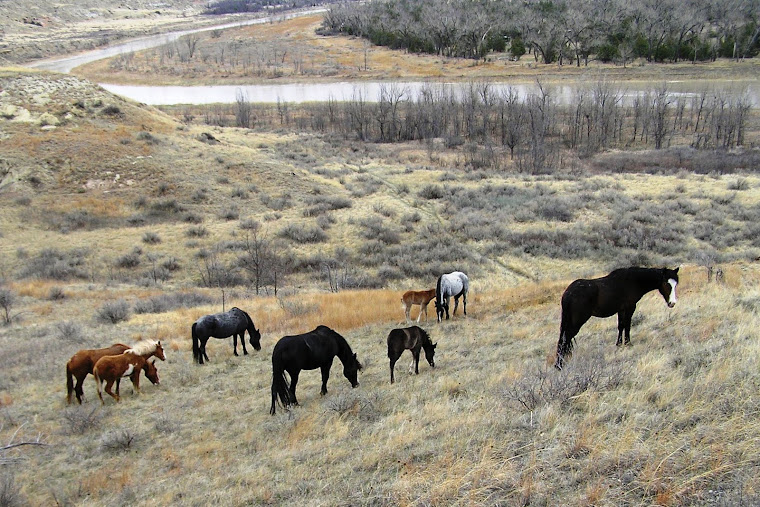
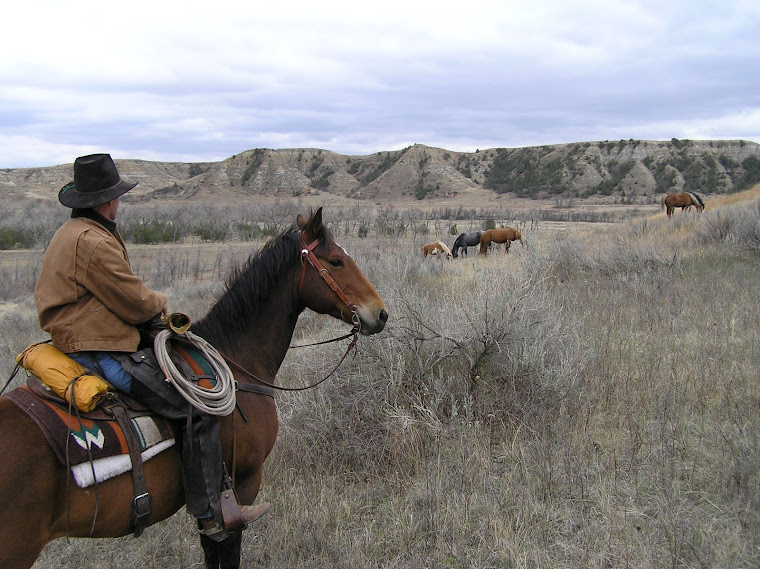

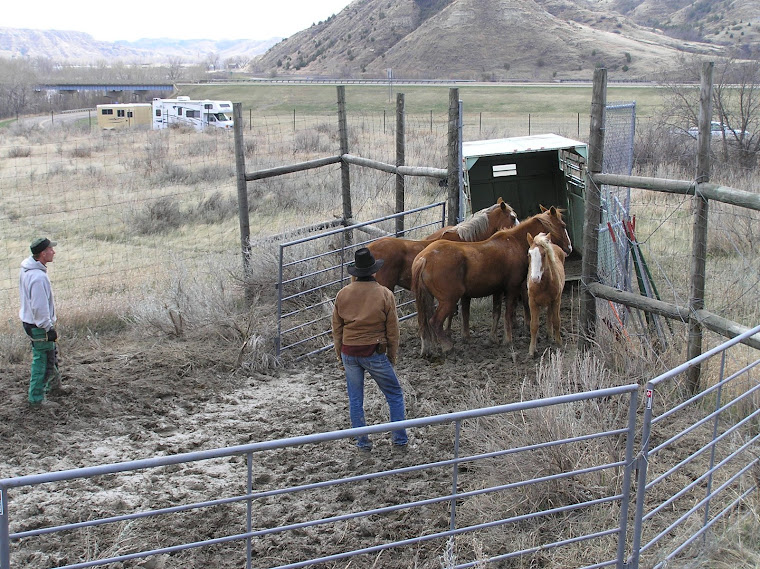
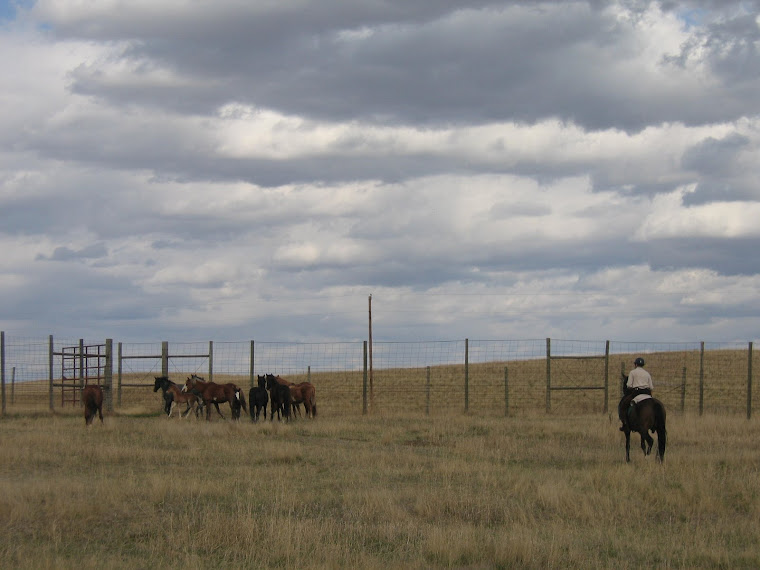
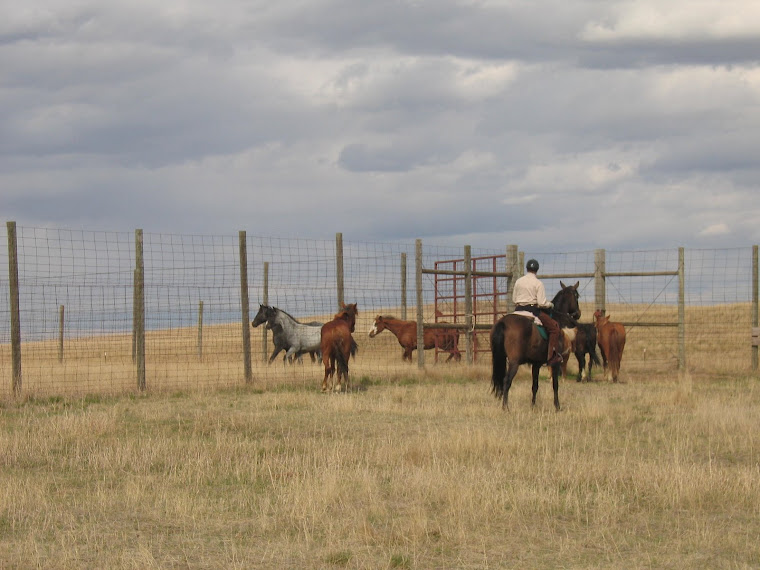
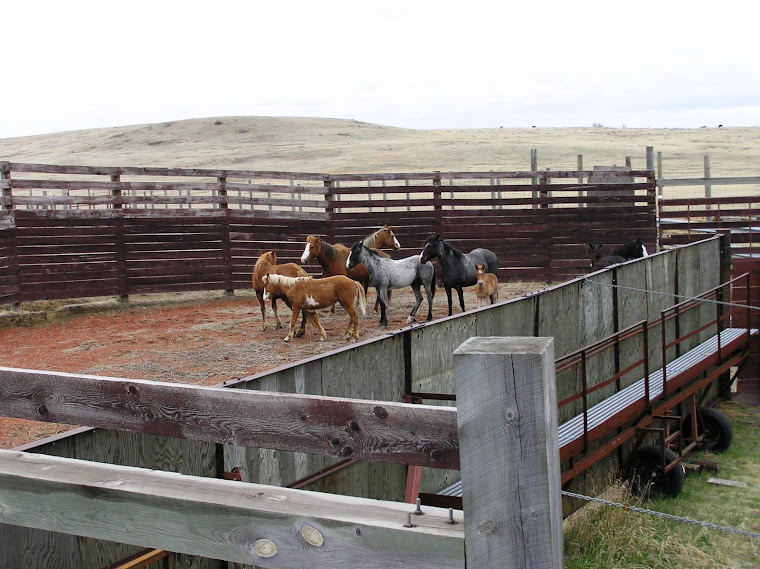


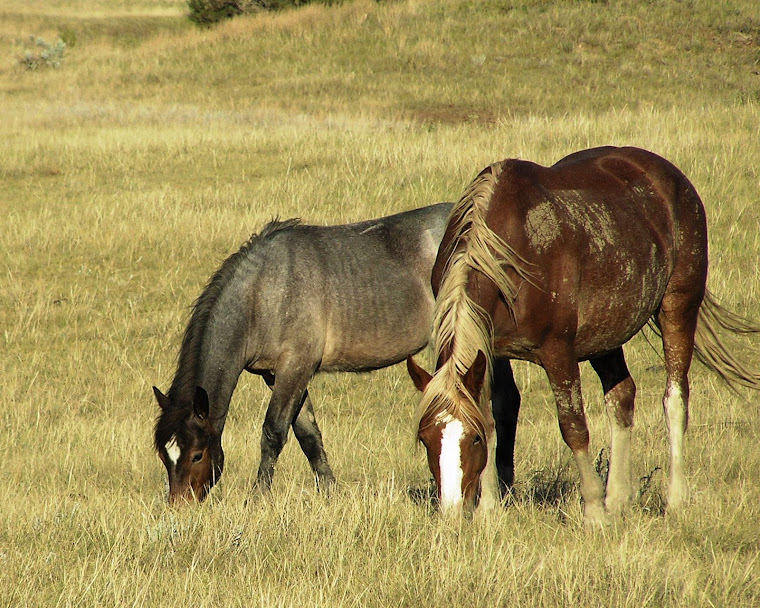

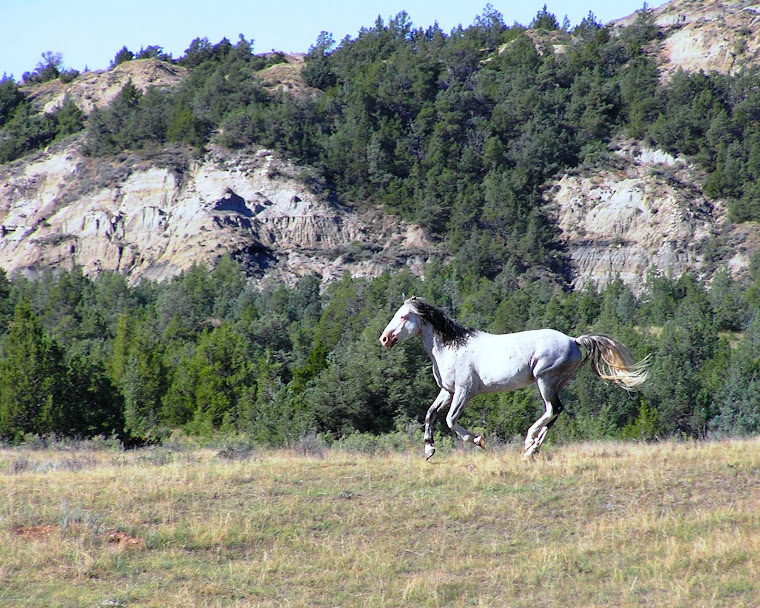
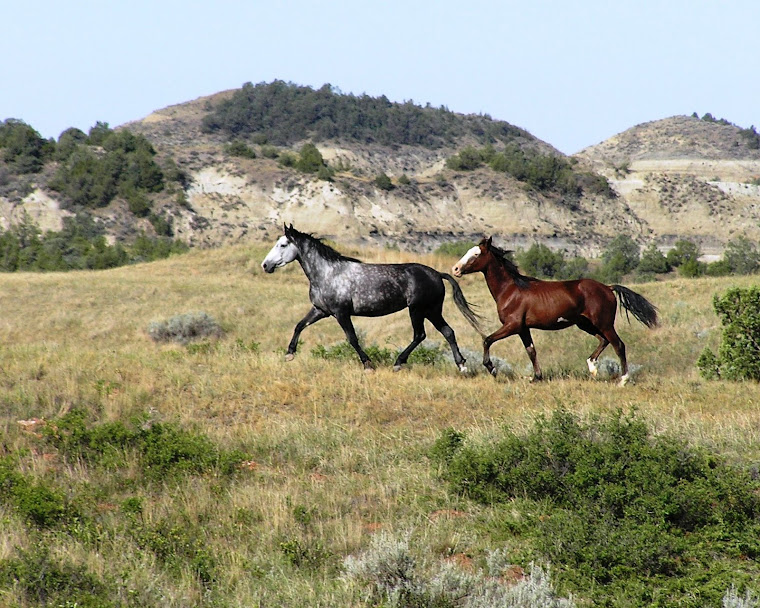
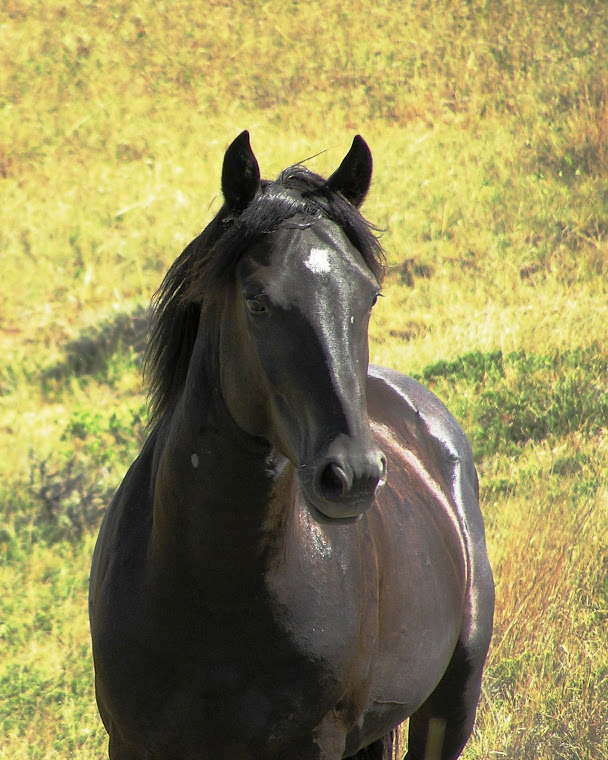

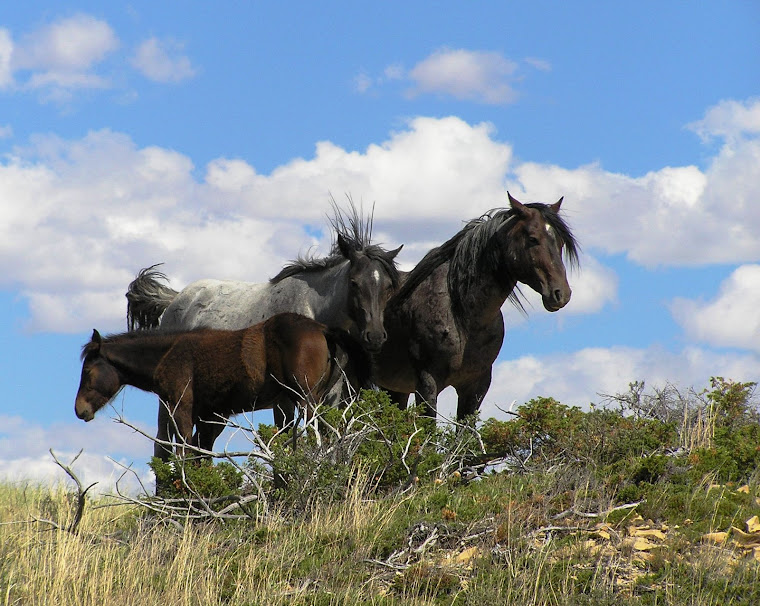



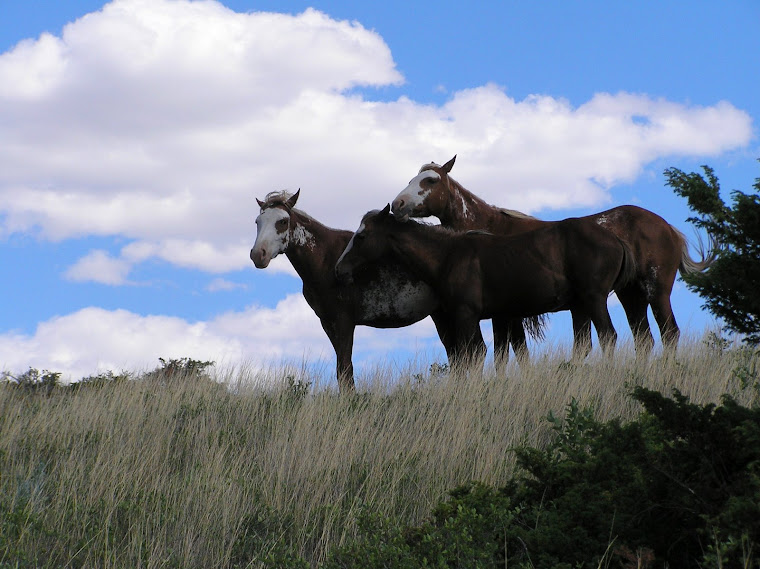


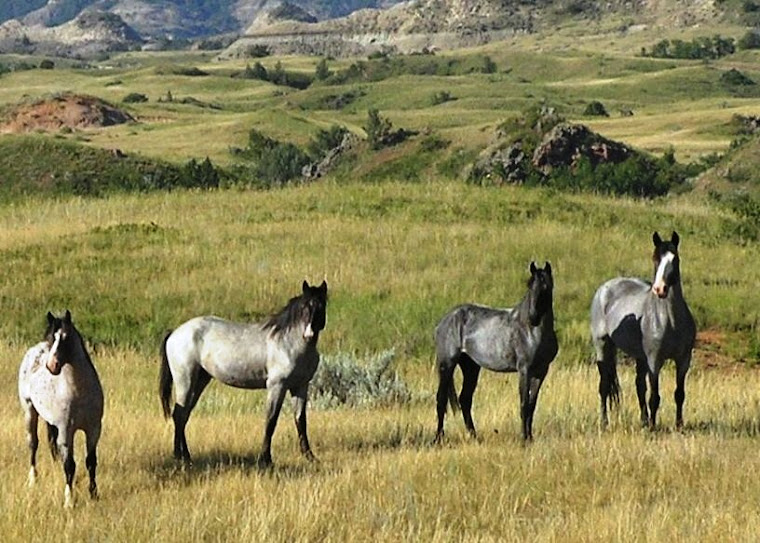
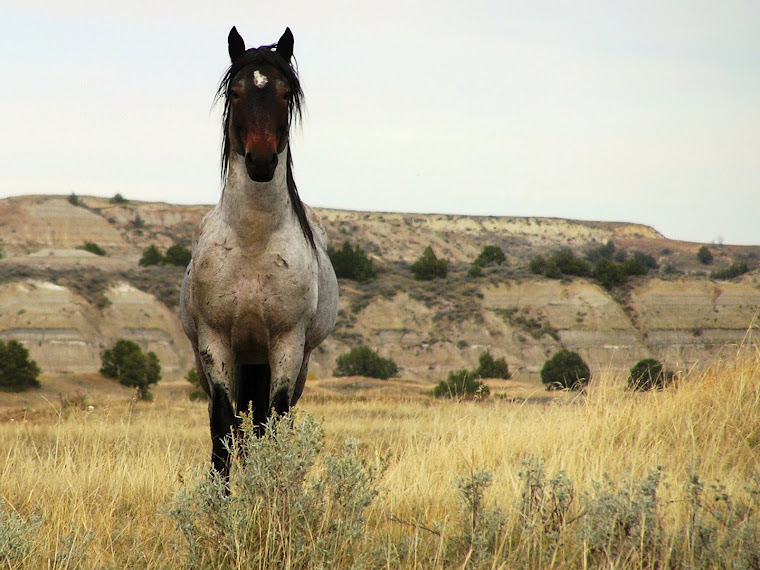
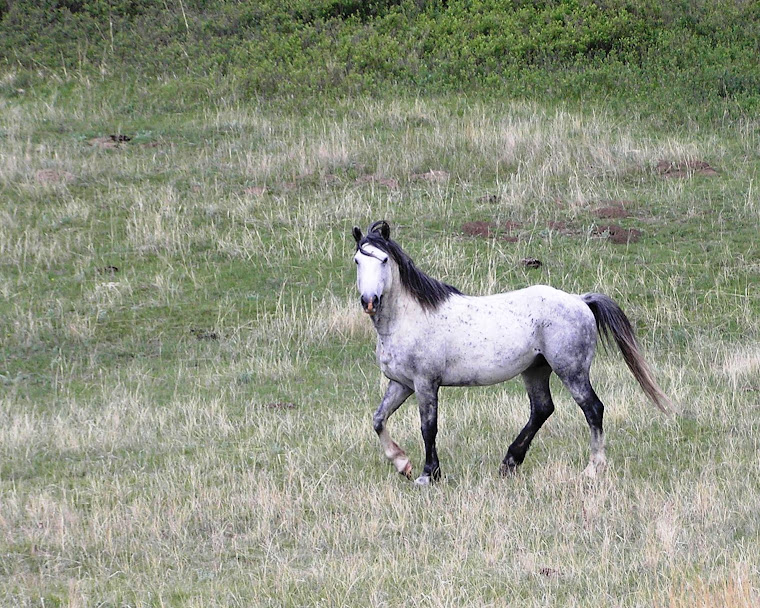

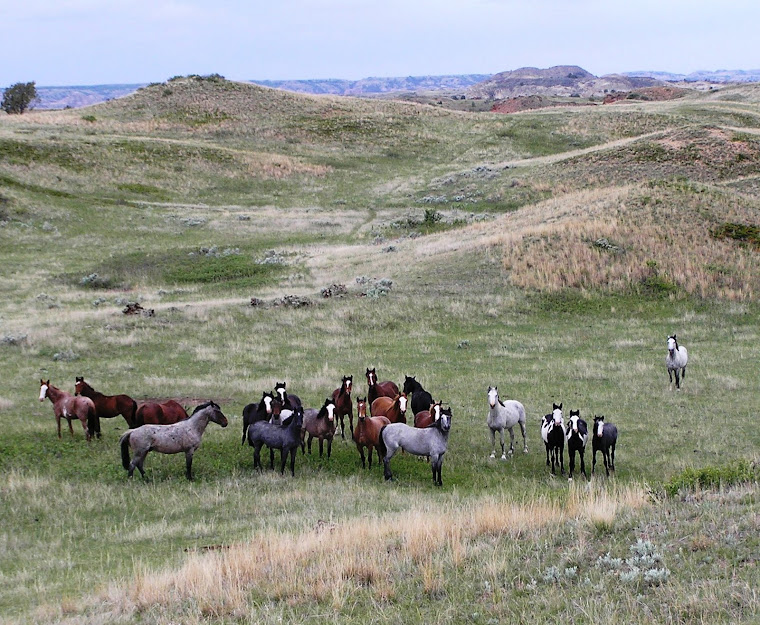
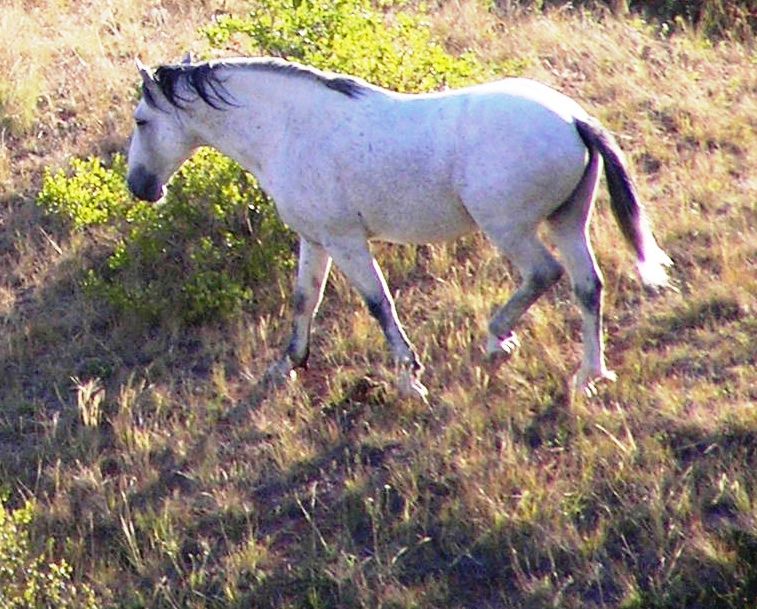
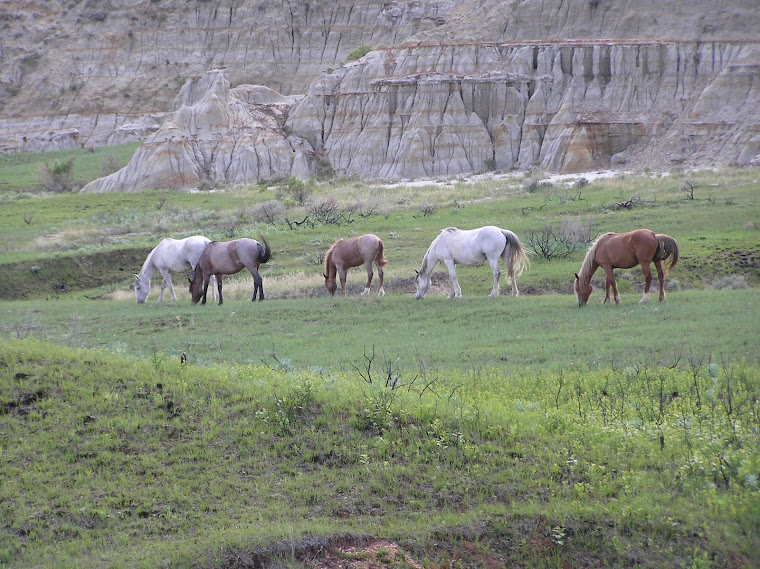
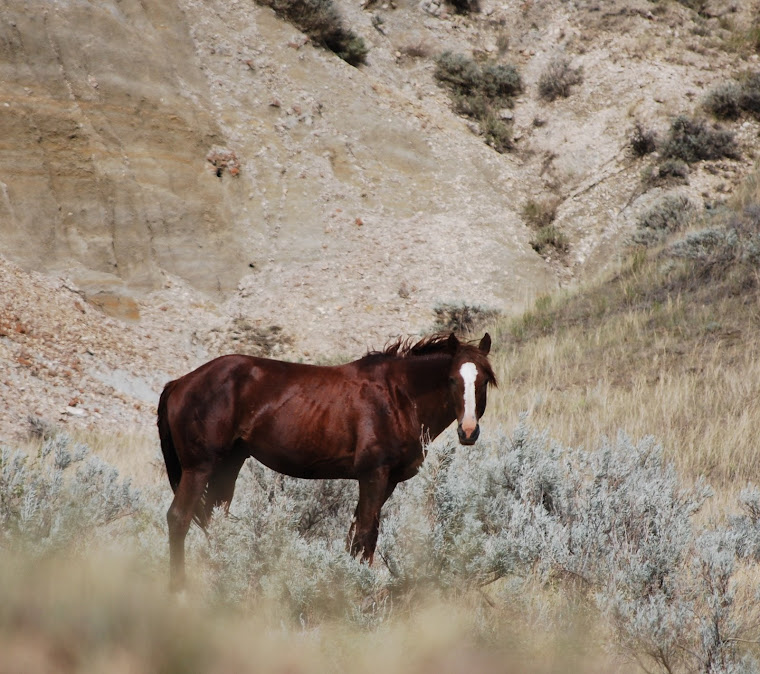

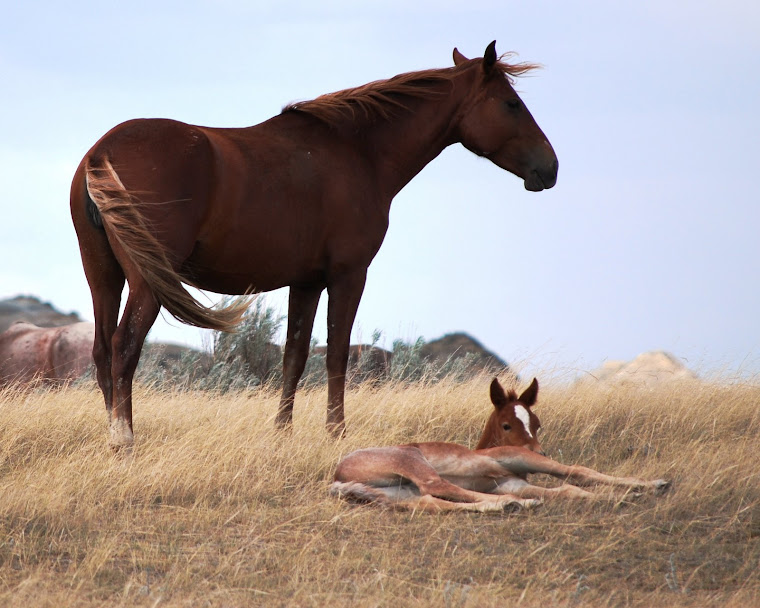
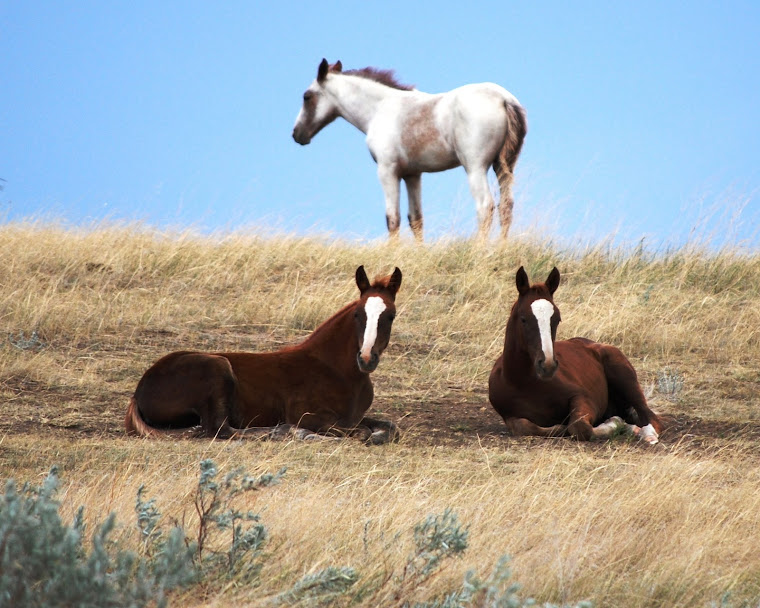
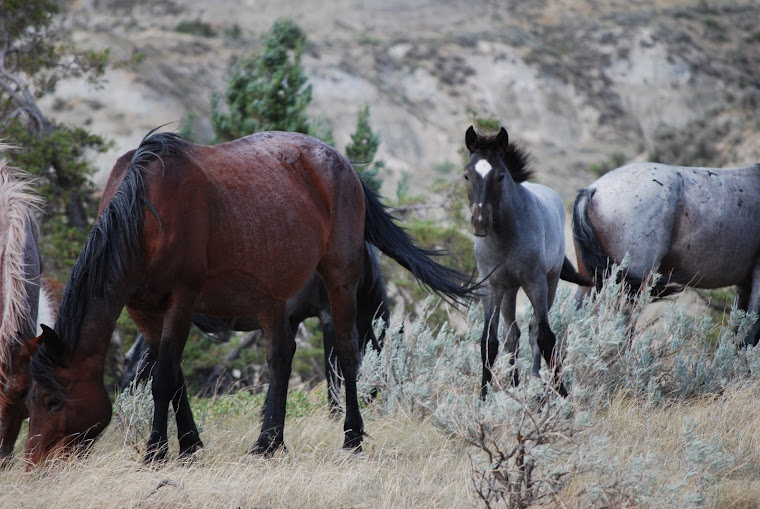

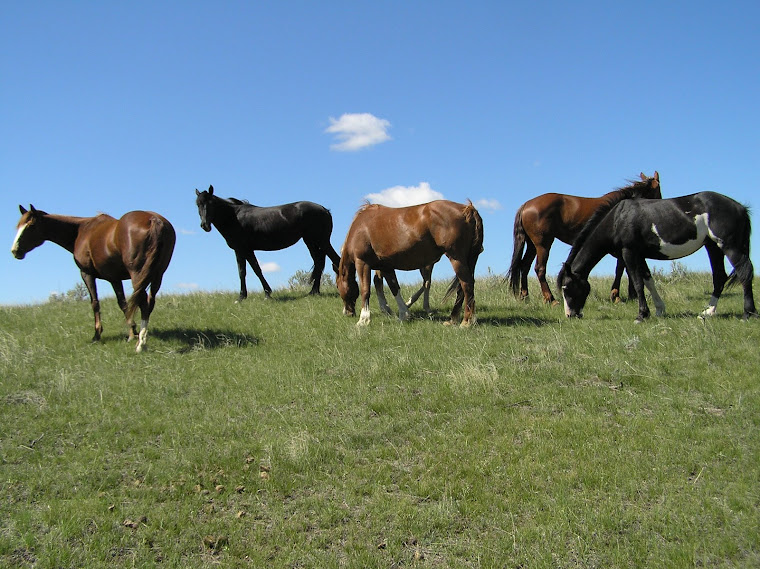
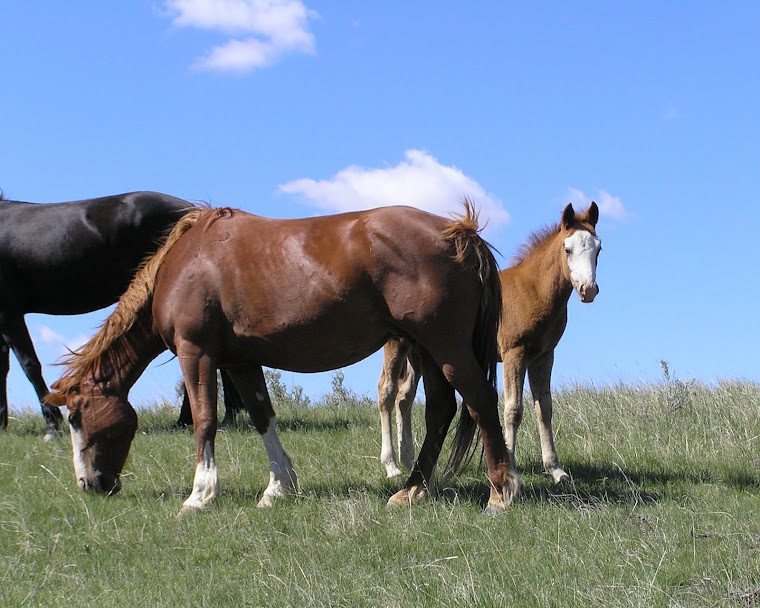

1 comment:
This is a great story and hope you succeed in your efforts to maintain this herd...
Petra Christensen
Parelli 2Star Junior Instructor
Parelli Central
Post a Comment